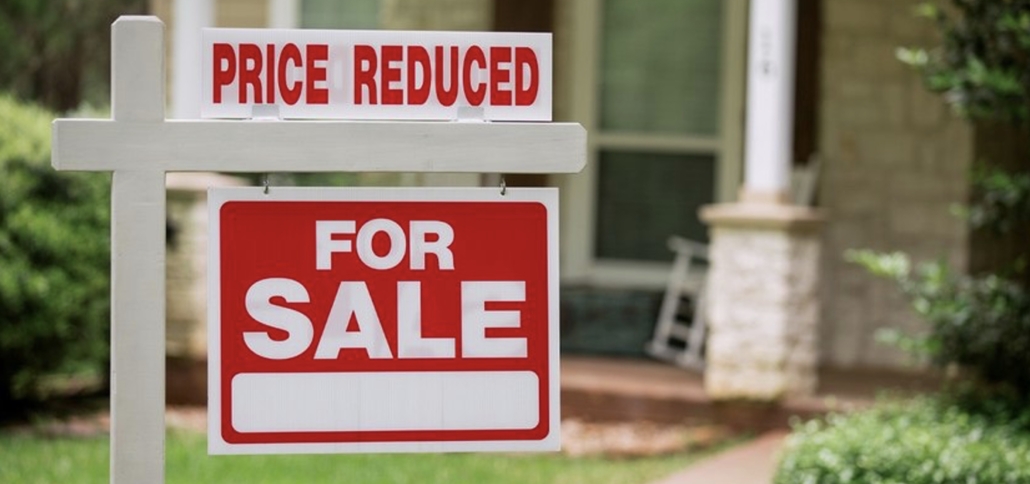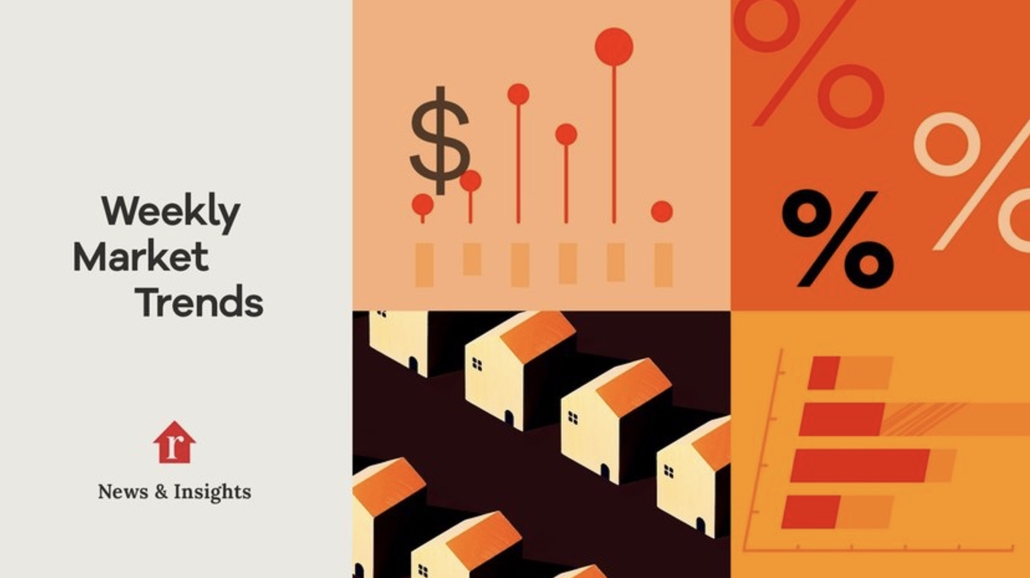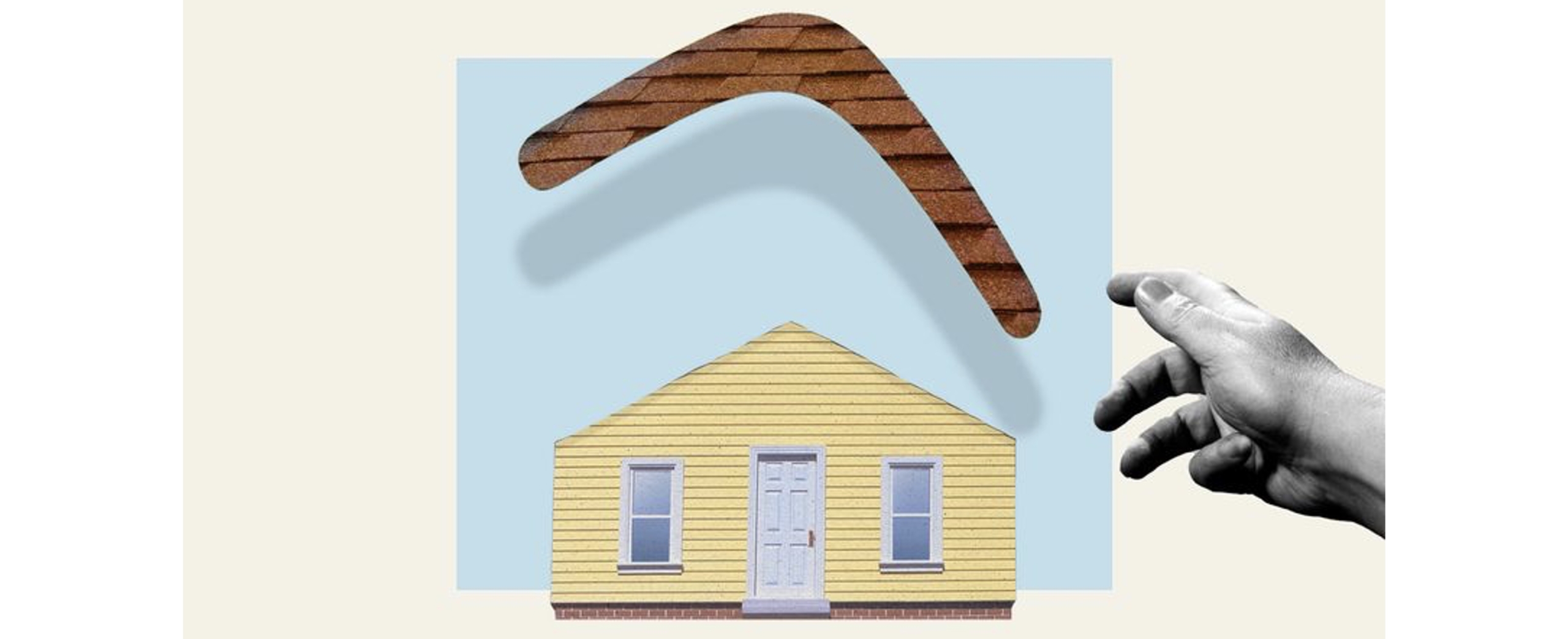By Clare Trapasso
Dec 4, 2023
Everyone seems to know someone who knows someone who hit the real estate jackpot: lucky folks who bought a home for a relative pittance back when prices were low and then sold it a few years later for a windfall.
So where are the next hot spots to buy a home?
While it’s nearly impossible to time the housing market, certain parts of the country are expected to fare better than others this coming year, according to the Realtor.com® 2024 forecast.
In this forecast, Realtor.com identified the real estate markets where home sales prices are anticipated to grow, even as they dip nationally. The number of existing-home sales in these places is also expected to surge, despite remaining mostly flat in much of the rest of the country.
The top 10 markets in 2024 “have been more steady,” says Realtor.com Chief Economist Danielle Hale. “They haven’t seen the big price and sales booms we’ve seen in other parts of the country, which helps them to stand out now.”
The Realtor.com economics team predicted home sales prices as well as the number of existing-home sales, which excluded new construction, in the 100 largest metropolitan areas.
Ironically, two of the nation’s most expensive states claimed seven of the top 10 spots. Half were on the West Coast, in notoriously pricey California, with two in Massachusetts.
That might come as a surprise as homebuyers have increasingly been seeking out pockets of affordability as mortgage rates spiked and home prices have remained historically high. Those high costs resulted in a rough year for the Golden State housing market. As it became even more unaffordable to purchase a home in California, prices slumped in many areas and sales dried up.
Many of these Southern California markets are expected to rebound in 2024. As mortgage rates are predicted to fall in the year ahead, it will bring more buyers into the market who are expected to bid up prices. Equally important will be the additional sellers who are likelier to put their homes up for sale, boosting inventory, as they become more confident they can find new ones. That will result in more sales.
The Massachusetts metros are smaller, more affordable places that might make sense for those who work locally or are commuting less to larger, more expensive cities like Boston.
“As people have more remote work, they are willing to live farther away from the office,” says Hale.
The wild card in these top market predictions is mortgage rates. If rates shoot back up again or refuse to retreat to the mid-6% range, many California markets might not see the price and sales growth that Realtor.com has anticipated.
“Seeing mortgage rates come back will be enough to kick-start buyer demand,” says Hale.
Let’s check out the top housing markets of 2024:
1. Toledo, OH
November median home list price: $200,000
Forecasted 2024 home sales price change: 8.3%
Forecasted 2024 home sales change: 14%
When most folks think about America’s top real estate markets, Toledo might not be their first pick. The Rust Belt city, about an hour southwest of Detroit on the banks of Lake Erie, has seen its share of troubles over the past few decades.
However, the Toledo housing market has remained largely balanced over the past few crazy years. Prices have stayed low, at less than half of the national median price of $420,000 in November.
“It’s less prone to the wild swings we’ve seen in other markets,” says Hale. “The highs weren’t as high and the lows weren’t as low—so that’s one of the reasons they’re going to start to recover first.”
There has been an influx of new buyers in search of affordable homes here, says local real estate agent Rick Turner, of Key Realty. There have also been plenty of investors buying fixer-uppers, renovating them, and then renting out those properties, although they’ve been pulling back a bit recently.
“We’re seeing fewer people who are applying for mortgages right now,” Turner says.
Those looking for entry-level homes in the suburbs can find them in the $250,000 to $300,000 range in places such as Sylvania, OH, and Holland, OH. Buyers searching within the city limits can still score a starter home for about $160,000.
2. Oxnard, CA
November median home list price: $1,037,000
Forecasted 2024 home sales price change: 3.3%
Forecasted 2024 home sales change: 18%
About an hour north of Los Angeles on the coast is Oxnard, an agricultural area known for its picturesque beaches, which include the communities of Thousand Oaks and Ventura.
The area is a cheaper alternative to Los Angeles, where homes have a $1.15 million median price tag—but that gap is closing quickly. List prices in the metro were up 22% in October compared with a year earlier, and homes are selling quicker than in 2022.
Many of the homes in this market are ranch-style, although there are multilevel homes near the water as well as plenty of condos and a smattering of townhomes.
This single-level, four-bedroom, two-bathroom house is on the market for $735,000. Buyers looking for a deal can check out this three-bedroom, three-bathroom condo in downtown Oxnard for $565,000.
3. Rochester, NY
November median home list price: $239,000
Forecasted 2024 home sales price change: 10.4%
Forecasted 2024 home sales change: 6.2%
Rochester has emerged as a real estate destination thanks to the area’s low home prices and scenic location on Lake Ontario, upstate in New York on the Canadian border. The metro has become a stalwart of the Realtor.com hottest markets list since 2022.
The Rust Belt city, the headquarters of former corporate titan Kodak, struggled over the decades but was awarded $10 million last year for revitalization projects downtown.
The local housing market is dominated by single-family homes on the resale market, but buyers can find townhomes and new construction.
There is this three-bedroom, two-bathroom Colonial on more than an acre of land for just under $250,000. Buyers can also snap up this recently renovated three-bedroom, 1.5-bath house for nearly $175,000.
4. San Diego, CA
November median home list price: $995,000
Forecasted 2024 home sales price change: 5.4%
Forecasted 2024 home sales change: 11%
The inclusion of San Diego on this list might be a head-scratcher. The desirable Southern California city, close to the U.S.-Mexico border, is renowned for its warm weather, miles of beautiful beaches, and the San Diego Zoo.
The metro was smacked hard by surging mortgage rates, which, along with the high home prices, made the area financially untenable for many buyers. Many home sellers were forced to slash their prices and homes sat on the market for longer until the market began turning around this year.
Mortgage broker Julie Aragon, of Aragon Lending, is seeing buyers trade Los Angeles for San Diego, where they can find larger homes in good school districts for less money.
“The bigger houses, there is still a lot of demand for those,” says Aragon.
This newly renovated four-bedroom, three-bathroom house is on the market for about $970,000. Buyers on a tighter budget can tour this one-bedroom condo in the Mission Valley neighborhood for $435,000.
5. Riverside, CA
November median home list price: $585,000
Forecasted 2024 home sales price change: 2%
Forecasted 2024 home sales change: 13.8%
Riverside, an area known for its citrus groves about an hour inland from Los Angeles, continues to attract homebuyers from pricier parts of the state. But there is little for them to purchase.
“Our issue this year has been lack of properties put on the market,” says real estate broker Doug Shepherd, of Better Homes and Gardens Real Estate Champions. “No one is selling.”
Roughly 50% to 60% of his clients are chasing affordability from Los Angeles, where the median home price is nearly double that of Riverside, and other areas in Southern California.
“Even at these interest rates, we’re still affordable” to these buyers, Shepherd says. “If we can put more homes on the market, we’ll have more sales. Demand is there.”
6. Bakersfield, CA
November median home list price: $385,000
Forecasted 2024 home sales price change: 2.3%
Forecasted 2024 home sales change: 13.4%
Bakersfield is another agricultural area that’s been catching the interest of Los Angelenos as well as remote workers seeking more affordable real estate. The city is inland, about two hours north of the larger city.
“Affordability has always been the biggest draw,” says real estate agent William Gordon, of the Gordon Team Realty. As mortgage rates have dipped recently into the lower 7% range, he’s seen a slight uptick in housing market activity.
“I do see a pretty strong spring coming as long as rates keep dropping,” he adds.
This four-bedroom, two-bathroom home with an in-ground pool, covered patio area, and chicken coops is on the market for $399,000. There are also plenty of newly constructed houses for sale between $500,000 and $700,000.
7. Springfield, MA
November median home list price: $350,000
Forecasted 2024 home sales price change: 4.2%
Forecasted 2024 home sales change: 10.5%
Springfield might be an unusual pick for a national top markets list. But this city, the birthplace of beloved author Dr. Seuss, is luring homebuyers with its affordable home prices and low unemployment.
The metro is about 90 minutes west of Boston on the Connecticut River, with home prices less than half of the larger metro’s median of $837,000, according to Realtor.com list price data in October. And that’s after home prices have steadily risen in the Springfield area since mid-2022.
This three-bedroom, 1.5-bathroom brick house with an in-ground pool is $375,000. Those looking for something a bit cheaper and in need of less maintenance can give this two-bedroom, two-bathroom condo with a balcony a look.
8. Worcester, MA
November median home list price: $475,000
Forecasted 2024 home sales price change: 4.8%
Forecasted 2024 home sales change: 9.1%
Similar to Springfield, Worcester has long been a cheaper alternative to Boston. The larger city is only about an hour’s drive to the east.
However, the additional demand for homes in the Worcester area has pushed median home list prices up 42% in just four years, according to Realtor.com October data. And that’s still a major bargain compared with Boston’s prices. That helps to explain why the metro was also named one of the top markets of 2023 by Realtor.com.
The buyers braving the Worcester market are a mix of Bostonians, investors, and locals who can afford the higher prices and mortgage rates, says real estate broker Nick McNeil, of McNeil Real Estate.
“The market obviously is hot, but it is cooling down,” he says. That’s due to today’s buyers facing expensive, monthly mortgage payments and a lack of homes for sale. “I’ve got 20 people here I could probably call and we could list their house tomorrow. But then they’ve got nowhere to go.”
If rates dip into the 6% range, as Realtor.com economists forecast, many sellers and buyers will be nudged off the sidelines, McNeil says. That additional competition will heat the market, pushing prices up even more.
9. Grand Rapids, MI
November median home list price: $390,000
Forecasted 2024 home sales price change: 7.2%
Forecasted 2024 home sales change: 6.1%
Known for its brewery scene and role in producing office furniture (something the city touts), Grand Rapids is another city that’s seen high home price growth during the COVID-19 pandemic. And prices in Grand Rapids, just east of Lake Michigan, keep notching up.
However, the pervasive lack of homes is stymying the market.
“There are still plenty of people who would purchase if there were homes available,” says real estate broker Steve Volkers, of Five Star Real Estate. “That’s more the issue than the interest rates.”
There are still people moving into the area, many of whom are baby boomers wanting to be closer to family or folks moving in from the other side of the state.
“Before they could buy a lot bigger of a house because interest rates were low,” says Volkers. “But now, they’re just adjusting and finding something within their … budget because they still want to be homeowners.”
This three-bedroom, three-bathroom brick house on a quarter of an acre is on the market for $499,000.
10. Los Angeles
November median home list price: $1,150,000
Forecasted 2024 home sales price change: 3.5%
Forecasted 2024 home sales change: 9.2%
The Los Angeles housing market took a beating as mortgage rates spiked. Prices slipped or grew very modestly, homes took longer to sell, and many sellers had to cut prices.
However, the market has been rebounding in recent months.
“A lot of our clients are just realizing that, after a year and a half of [higher mortgage rates], these are the rates,” says mortgage broker Aragon.
The problem: There aren’t enough homes to go around. Once rates fall, Aragon anticipates more buyers will jump into the market and the bidding wars will ratchet up.
“It’s going to get more competitive,” she says. “I expect prices to go up a lot.”
Clare Trapasso is the executive news editor of Realtor.com. She was previously a reporter for the Associated Press, the New York Daily News, and a Financial Times publication. She also taught journalism courses at several New York City colleges. Email clare.trapasso@realtor.com or follow @claretrap on X (formerly Twitter).
Twitter Follow @claretrap










